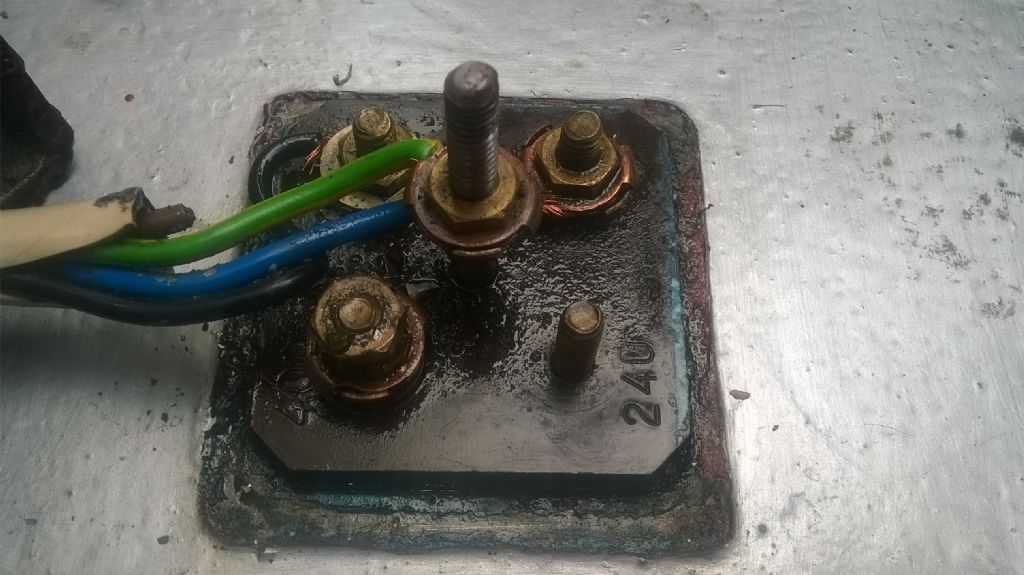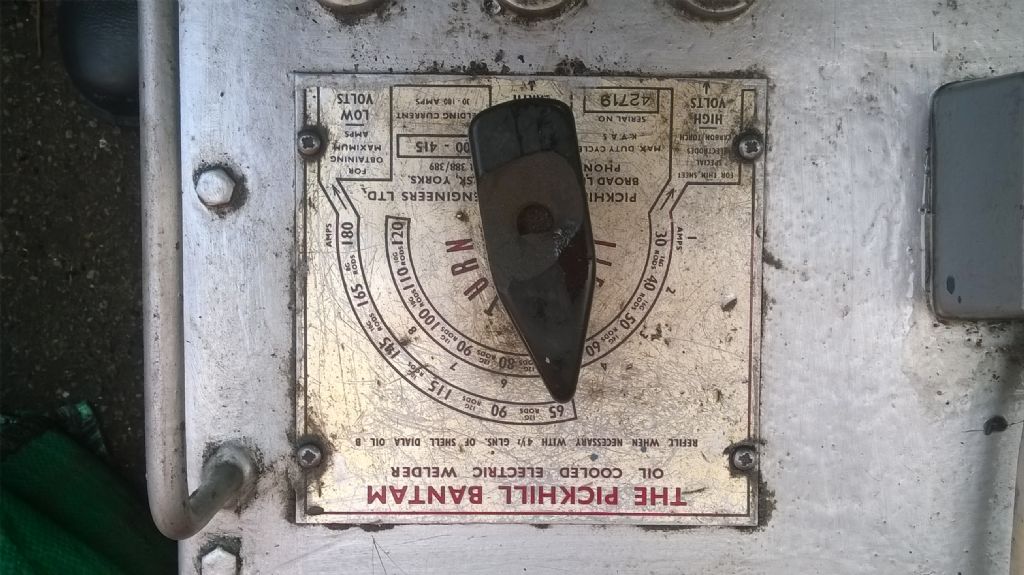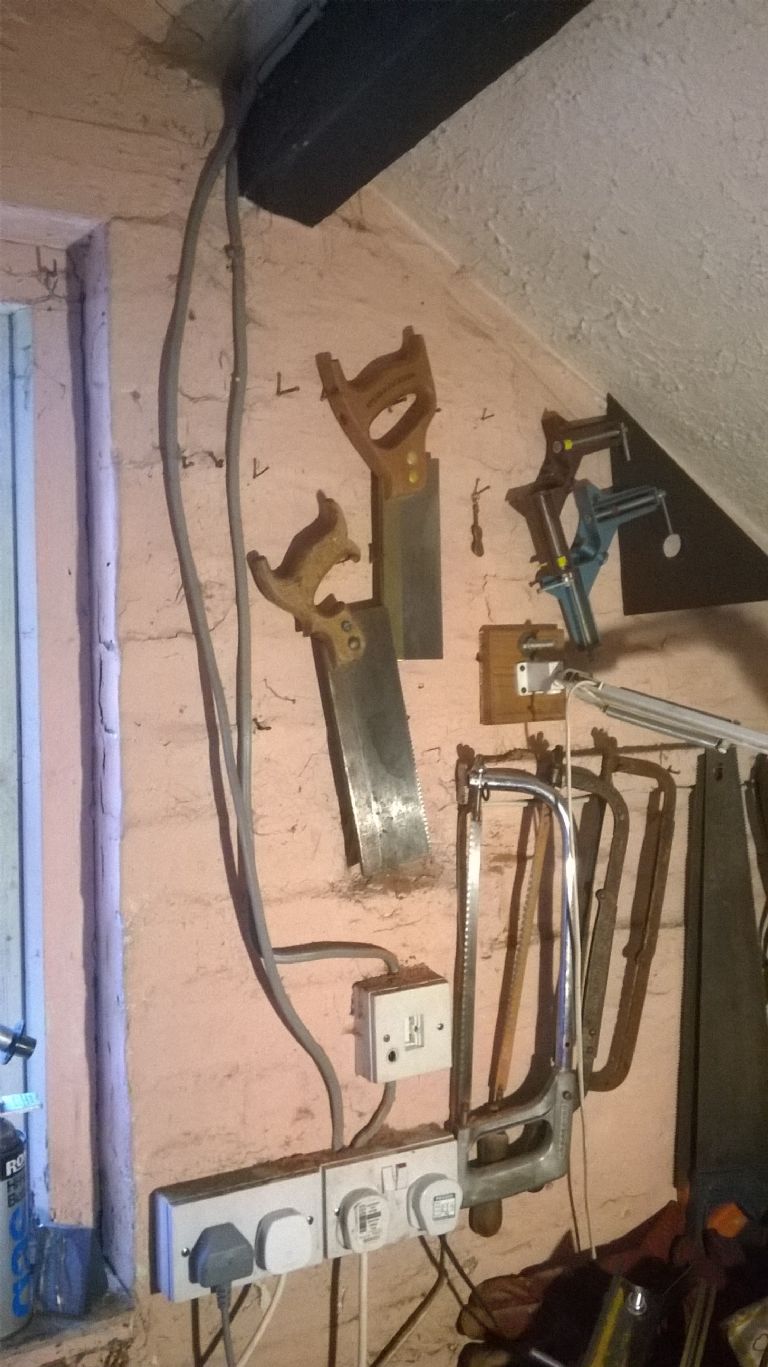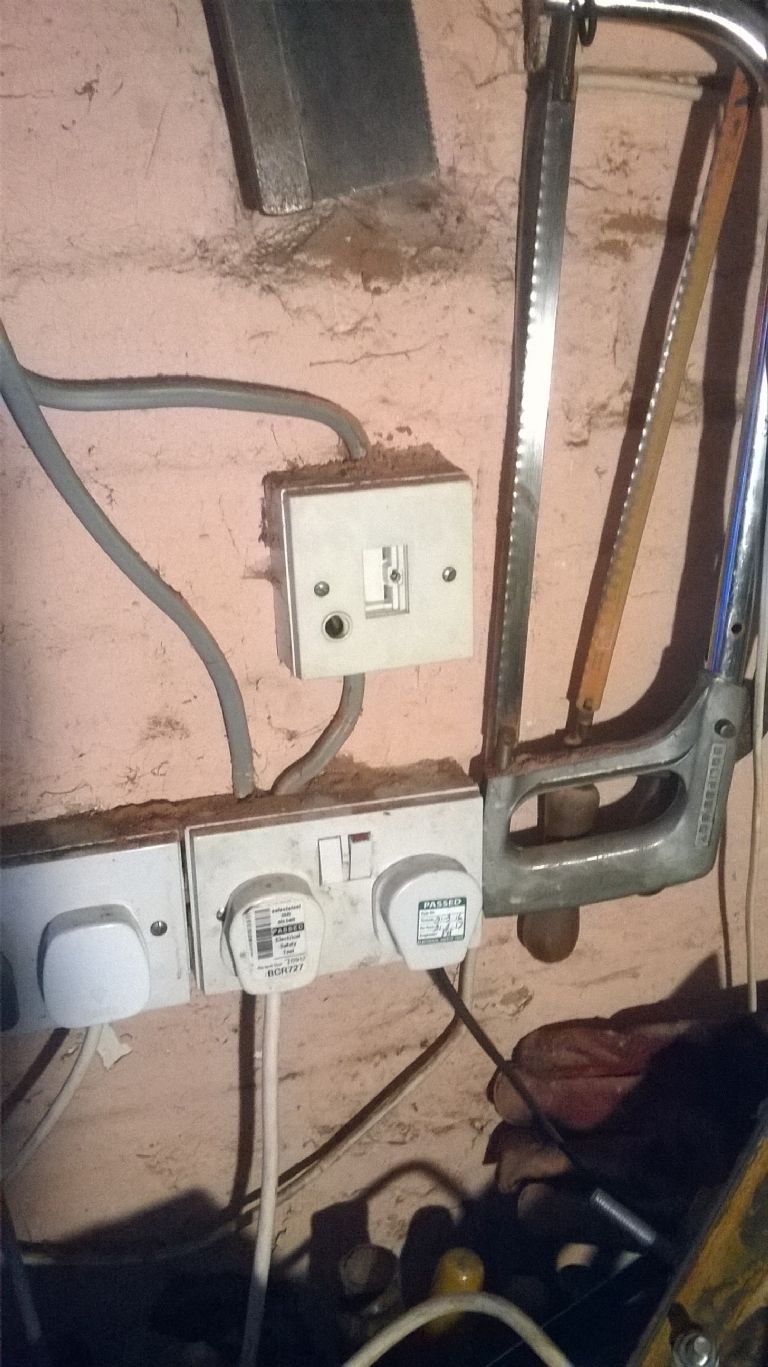So heres the wiring situation:



The outhouse actually has its own fusebox (see it on the first image mounted to the right of the beam) with two fuses. One white (4A) and one blue (15A).
I'm assuming the 4A fuse controls the lights while the 15A goes left across the beam and down the wall to the two double plugs.
The I opened the spur box to check what amp the fuse was and uh… There wasn't a fuse in (why is it even there the fuse box is right next to it). When I turned the fusebox back on the plugs still worked without even putting the insert in. I didn't open the insides but I'm guessing the fuse blew once and instead of replacing it someone just ran the cables straight through the box and bypassed the fuse.
This 15A circuit has a fridge attached to it, a washing machine, a tumble drier and then tools. Usually not all at once but the fridge is always on. This leads to 2 questions:
1. Can I change out the 15A fuse for a 30A fuse by changing the wire?
2. Should I change the fuse wire to 30A? Cause I imagine that if I have the 15A in then the welder would break it. But at the same time lets say the scenario is that no tools are welders are connected and the only thing running is the fridge. Then I have the problem of that the fridge could probably catch fire before the 30A fuse went. Don't know how realistic that is.
I mean maybe 15A could power it anyway? Through the power of google and various forums and diy sites I now know a lot more about mains wiring than I did 2 days ago. I might still just get a qualified electrician depending on how much he would cost.
Speedy Builder5.




 which depends on exactly when in the cycle the mains is removed. If you then reapply the mains at the right (wrong?) instant, the cores can be driven to saturation due to additive magnetisation. The only cure is to fit a soft start which could be as simple as a timer and a resistor. A slow (type C) MCB may help – but usually not.
which depends on exactly when in the cycle the mains is removed. If you then reapply the mains at the right (wrong?) instant, the cores can be driven to saturation due to additive magnetisation. The only cure is to fit a soft start which could be as simple as a timer and a resistor. A slow (type C) MCB may help – but usually not.




